Not everyone gets to attend the Wii U Experience, but on August 2, 2012, I was among the lucky few invited to attend this special event in Atlanta. Many games were available for demonstration from both first-party and third-party developers. Unfortunately, I did not get the chance to play all of them. I did get to play what I was anticipating most for the Wii U which was Pikmin 3 and New Super Mario Bros. U. I also had the chance to play Nintendo Land, Wii Fit U, and Game & Wario (tentative title). As such, my focus is only on the first-party games, although there was some excellent looking third-party games like Zombie U and Project P-100 (tentative title) on display. It’s a shame I could not play them all, but let’s move on.
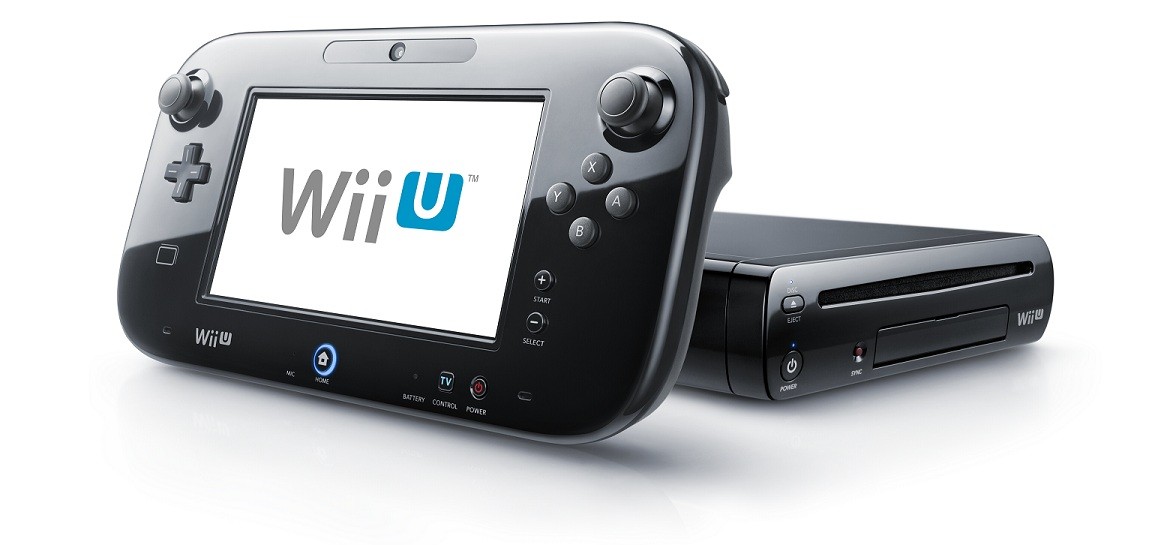
After Nintendo’s conference at E3 2012, my feelings were mixed about the Wii U. I loved Nintendo’s dive into high definition and the Miiverse, a new and promising online network. I wanted to be optimistic about Nintendo’s latest console, but the signature tablet controller, known as the Wii U GamePad, seemed gimmicky and bulky. That impression changed once I physically got my hands on the GamePad itself. I was delighted to discover that the controller was very light and comfortable to use. In a nutshell, I wanted to use Wii U GamePad whenever I could because it was fun to use and felt natural to play with.
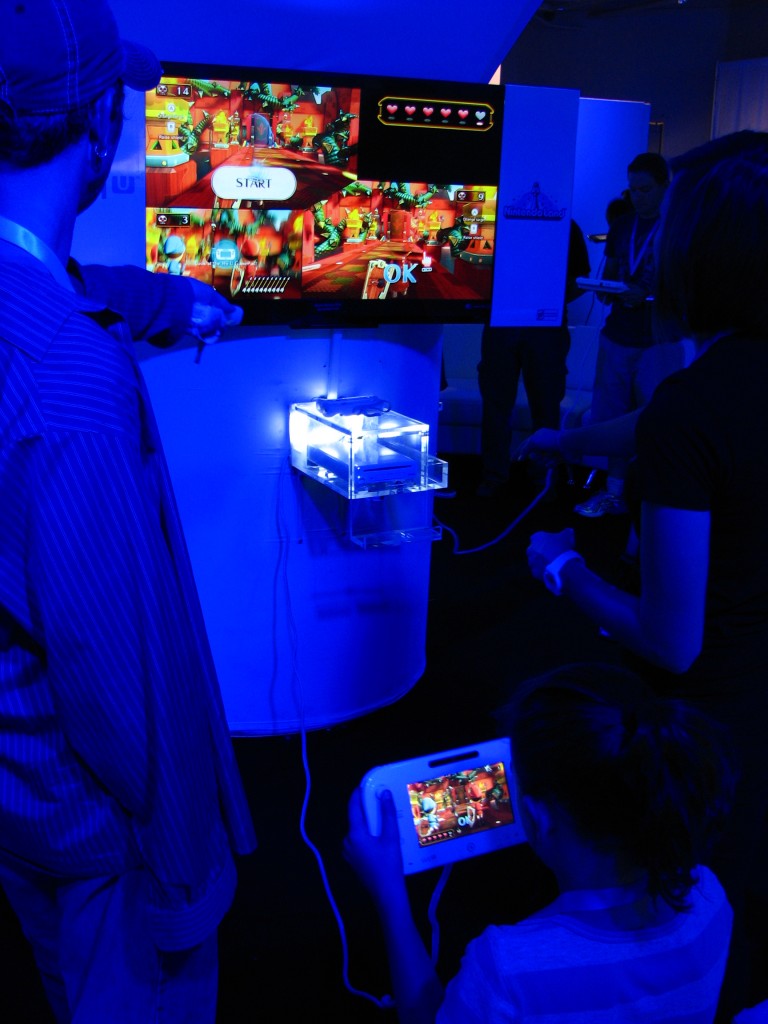
If you watched Nintendo’s E3 2012 conference, you definitely heard the term “asymmetrical gameplay” being tossed around to described the kind of experiences the Wii U can deliver. After playing with the Wii U, I’m convinced that the system can indeed create a fruitful environment for asymmetrical gameplay. For example, in Nintendo Land I played The Legend of Zelda: Battle Quest along with two other people. I was using the Wii U GamePad while the others used Wiimotes. The Wii U GamePad user becomes the designated archer, while the Wiimote users wield swords with control mechanics similar to those found in The Legend of Zelda: Skyward Sword. As the archer, I would shoot arrows by pulling back on the right analog stick and releasing it. I would have to look around by moving the controller around, and restock arrows by dipping the control in a quick downward motion. These control mechanics felt very natural and were very enjoyable to use. Surprisingly, although two other players were watching the television and using different controls, I felt like I was part of the same fun gaming experience. That is asymmetrical gameplay at its best. At first I was doubtful, but now I am now sastified that the Wii U has the promise to create some of the best examples of asymmetrical gameplay on the market.
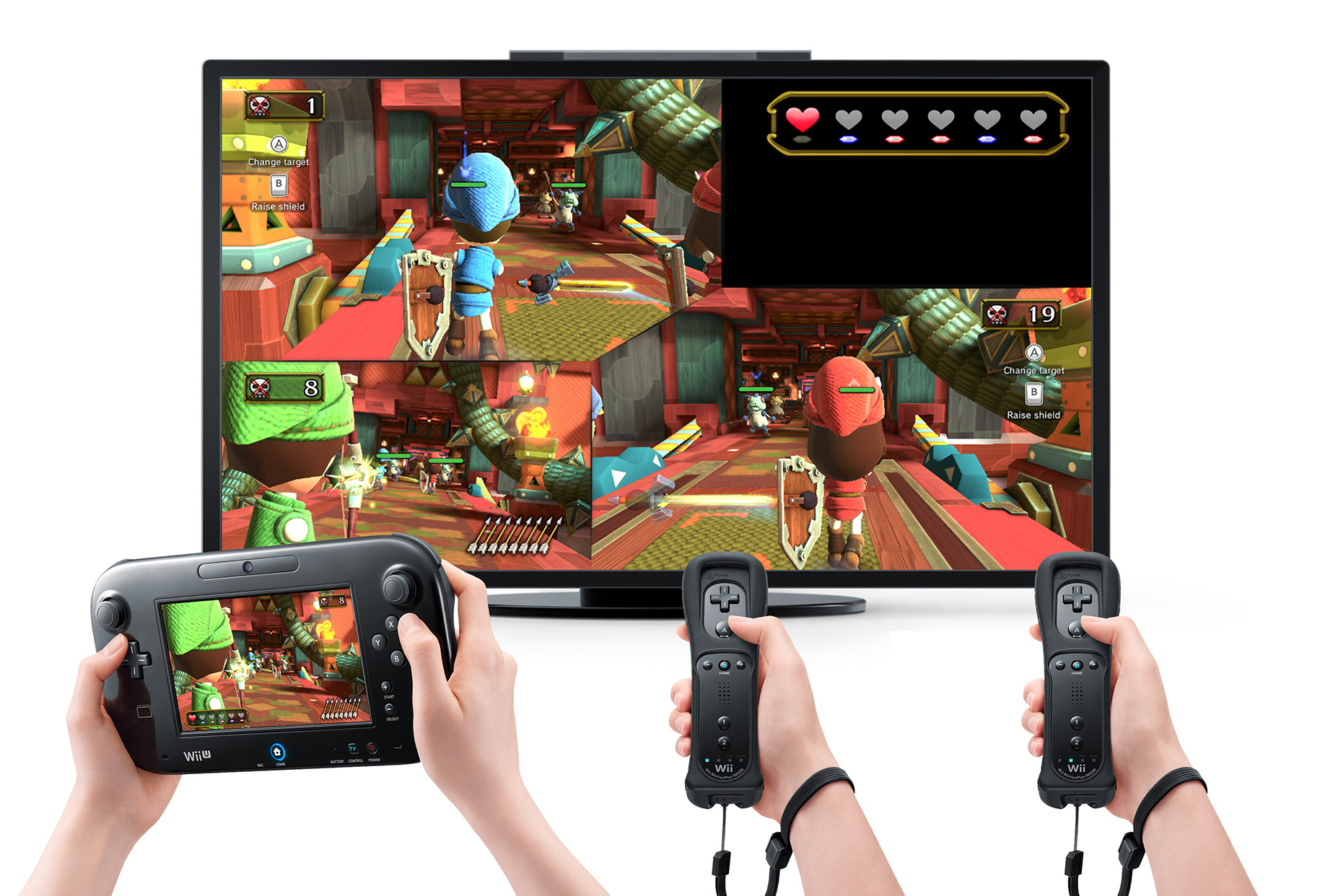
The second mini-game in Nintendo Land that I tried was Luigi’s Ghost Mansion. I used both the Wii U GamePad and the Wiimote with this particular mini-game. I started with the GamePad, which allowed me to play the role of a ghost. Wiimote users (up to four players) would each control an unfortunate Mii wandering the dark halls of a haunted maze. Only armed with a flashlight, the goal was to avoid being ambushed by the ghost for five minutes. Being the ghost, you can observe everything, including where those Miis are, by watching the screen on the Wii U GamePad. The catch is that the ghost is invisible on the television! Unless lightning lights up select hallways or if the ghost is literally burning away from someone’s flashlight, Wiimote users would have to rely on Wiimote vibrations triggered by the nearby presence of the ghost. It only takes one hit of the A button for the ghost to sabotage unsuspecting Miis and drag them away to their demise. The Miis have to drain the ghost’s 100 hit points away with their flashlights, which they can turn on and off using the 1 button. Another cool feature of the flashlight is that its rays also have magical properties to revive victims of the ghost’s deadly attacks. You have to be conservative with the flashlight because keeping it on will reduce its power and require recharging through batteries that randomly appear within the maze. It was a blast being the (victorious) ghost, but I failed miserably at being a Luigi-clad Mii. Either way, I had the incredible pleasure of experiencing successful asymmetrical gameplay again with Luigi’s Ghost Mansion. Best of all, it was amazing to see this game bring strangers together and having great time trying to defeat (or be) the ghost.
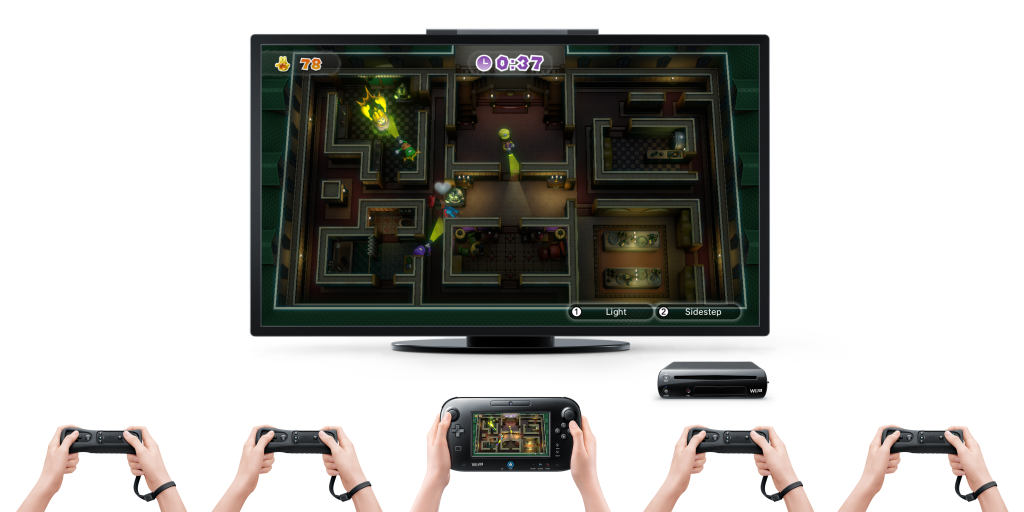
Nintendo was right in saying that Nintendo Land was the game to showcase the capabilities of the GamePad, just like how Wii Sports did the same for the Wiimote. In fact, other than Game & Wario, Nintendo Land was the only game that I played at the Wii U Experience showing the true capacity of the controller. When I played New Super Mario Bros. U, I only used the Wiimote, which had controls identical to New Super Mario Bros. Wii. It was convenient to have a second player use the Wii U GamePad to knock out enemies and create platforms, but that type of gameplay lacked the satisfaction that Nintendo Land was offering.
At the Pikmin 3 kiosk, the Wii U GamePad was only being used as a map, while the main controls were done through the Wiimote and the Nunchuk attachment. The Wii U GamePad is suppose to be available as a main control option in Pikmin 3, but this option was not available for demonstration. Don’t get me wrong, the controls were good, but I would of loved to see how GamePad mechanics worked on a strategy game such as Pikmin 3. Speaking of Pikmin 3, it is a very beautiful game and looks great in high definition. It really helps to show the Wii U’s graphical capabilities.
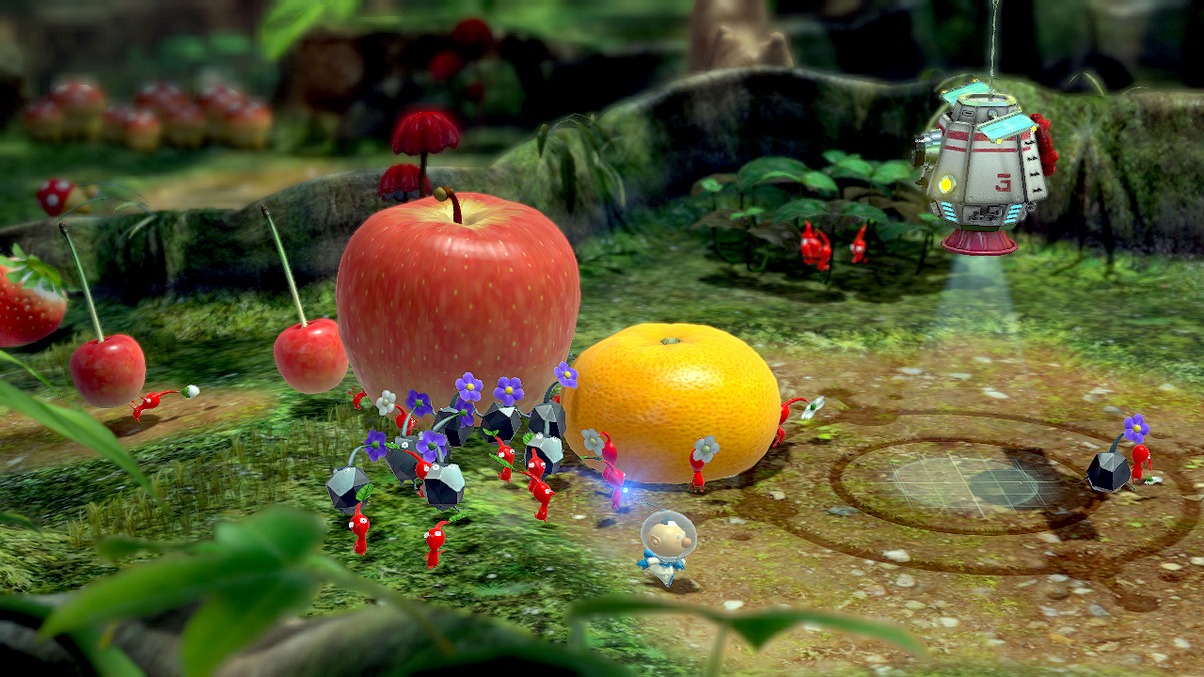
The Wii Balance Board makes a return in Wii Fit U, where it continues to be used for new workout routines such as the trampoline exercise I had to “jump” to. It was a good way to start working up a sweat, and I was having a good time time to reach new heights with each jump. If you played Wii Fit or Wii Fit Plus before, than you’ll already have a good idea of what to expect from Wii Fit U. If not, and you want to incorporate some exercise into your gaming habits, then you should give the series a try.
My brief experience with Game & Wario was entertaining and allowed me to see more creative uses for the Wii U GamePad. Once again in control of the GamePad, I was an apple thief that had to steal three of the delectable fruits among a crowd of roaming people in a neighborhood. Watching the GamePad’s screen, I had to choose one among a select group of characters to become the thief. Once the decision was made, I found myself sneaking around the crowd and jumping through manholes all while trying to take the apples inconspicuously. Afterwards, the GamePad was passed around so that the other players could deduce which character was the thief. Two out of four people were able to determine who I was, so I guess I was being a little too obvious.
Games that didn’t take advantage of the GamePad’s innovative controls didn’t introduce anything particularly noteworthy. Wii U GamePad is where asymmetrical gameplay will reign supreme, but the Wii U’s compatibility with the Wiimote and Wii Balance Board does give these peripherals a second chance to reach their full potential. If that means more games like The Legend of Zelda: Skyward Sword will be created, then I could not be more excited.
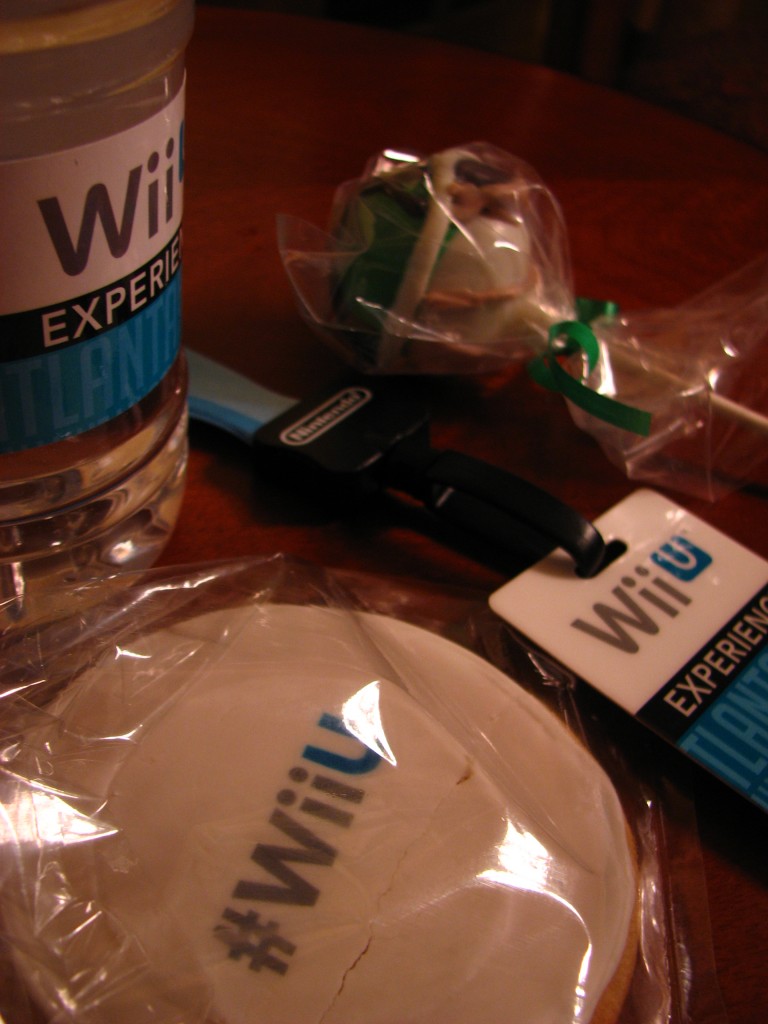
Pikmin 3 looked gorgeous and New Super Mario Bros. U will be delivering what Mario does best, good ol’ traditional platforming. However, Nintendo Land was by far my favorite game to play at the Wii U Experience simply because it does such a great job of incorporating the Wii U’s technology into its gameplay. I wasn’t too excited for Nintendo Land initially, but now it is definitely on my radar of must-have Wii U games.
I walked away from Wii U Experience, with Nintendo-themed treats on hand, feeling much more confident about the Wii U and what it can offer in terms of new gameplay experiences. I’m very impressed with Wii U GamePad, because it’s very comfortable to use, lightweight, and enhances gameplay instead of hindering it. Thanks to the Wii U Experience, I’m much more enthusiastic about the Wii U than I ever was before. The Wii U has a lot more potential than I originally thought. It just goes to show that you can’t judge a book by its cover.
Excellent article. I’m definitely going to buy a Wii U. Was there a problem with fingerprint smudges on the black Wii U GamePad?
Thank you! I did not notice any fingerprint smudges when I was playing with a black Wii U GamePad for Game & Wario. This is after a lot of people have already handled the controller. However, the event didn’t have the best lighting to determine that, so I can’t tell you if it would look as smudge-free in a normally lit room.
This I thought was a very good article that gave me more promising thoughts about the Wii U. I think after reading this article I am most excited about Game & Wario interms of using the Wii U controller and Luigi’s Ghost Mansion! Also, do you know what the main objective is in Pikmin 3?
Thank you. Just like the Pikmin games before it, the main objective in Pikmin 3 is to control up to 100 plant-like creatures known as Pikmin. The Pikmin can be directed to accomplish various tasks such as building bridges, destroying barriers, collecting fruit, and defeating enemies.